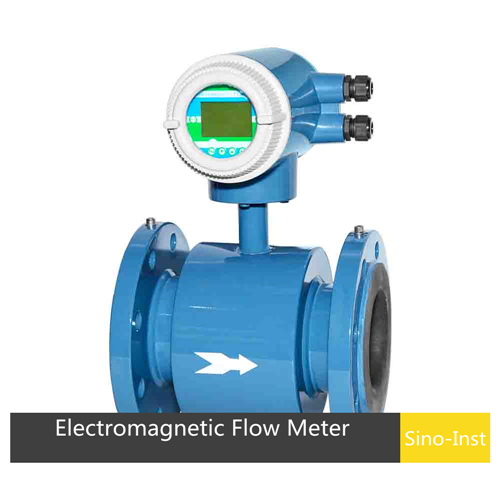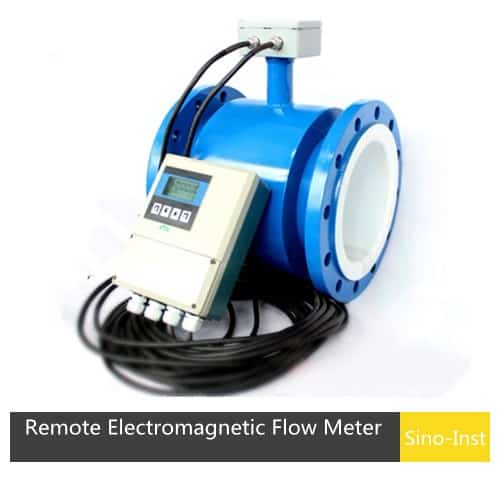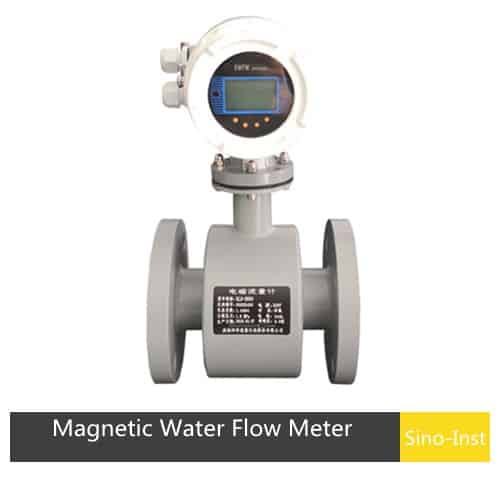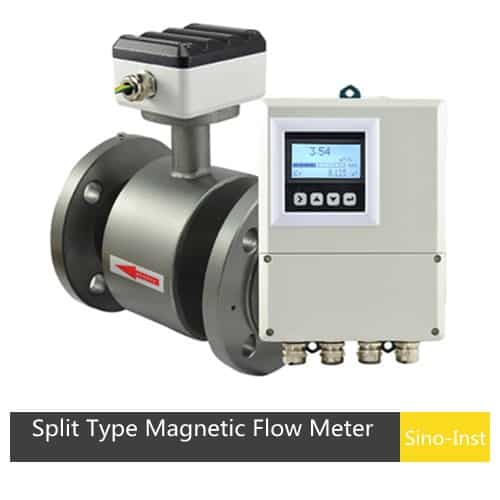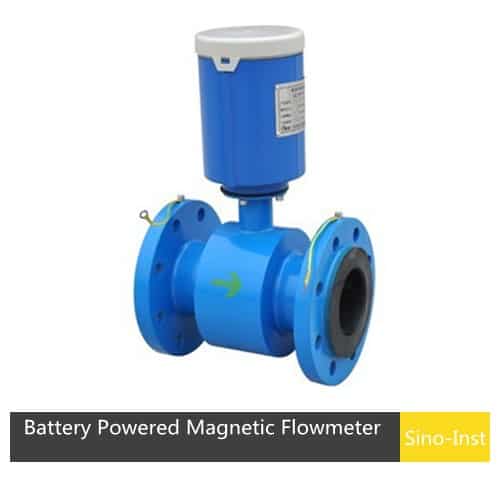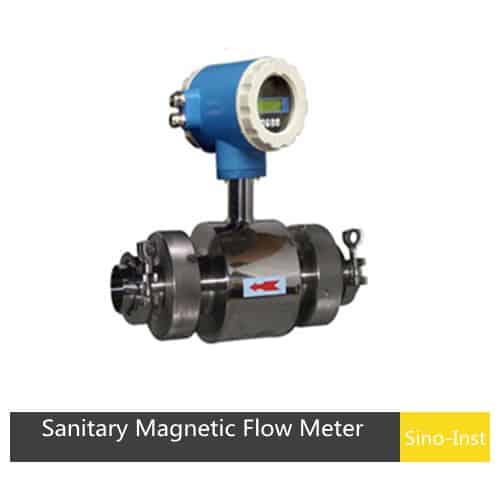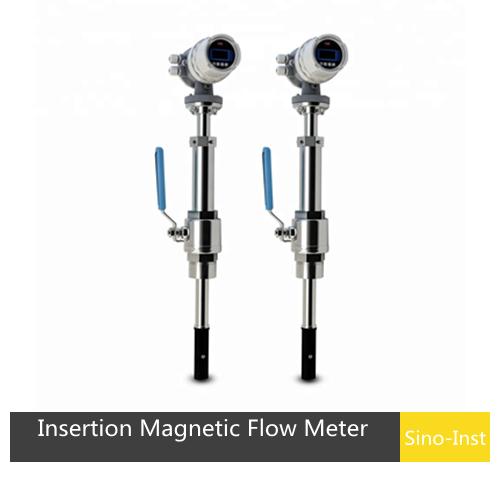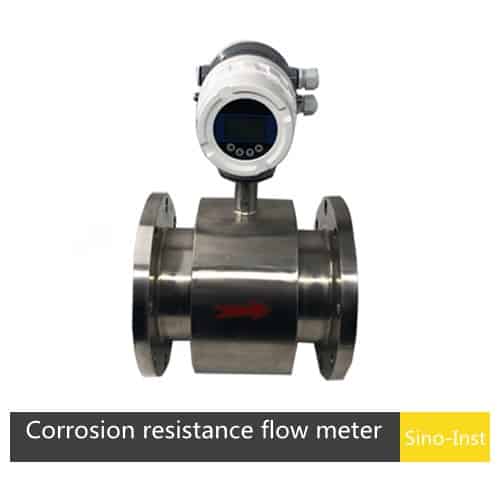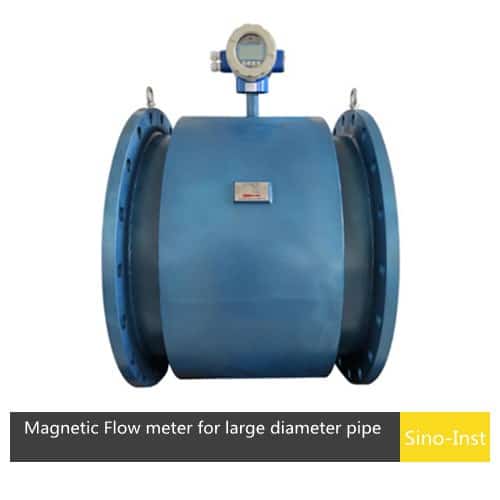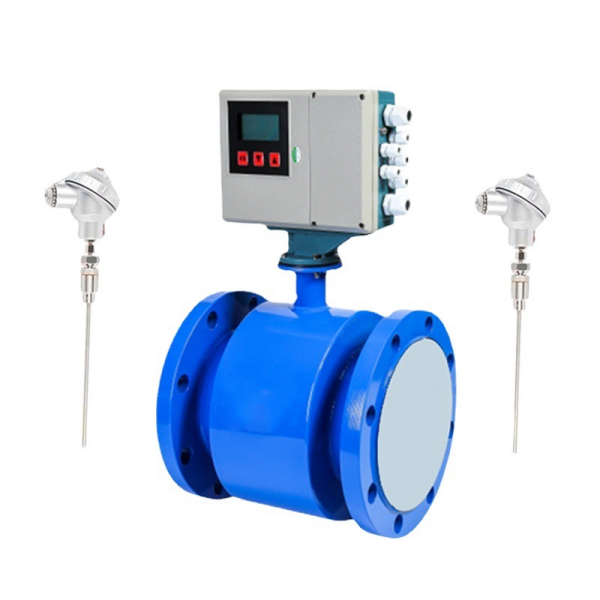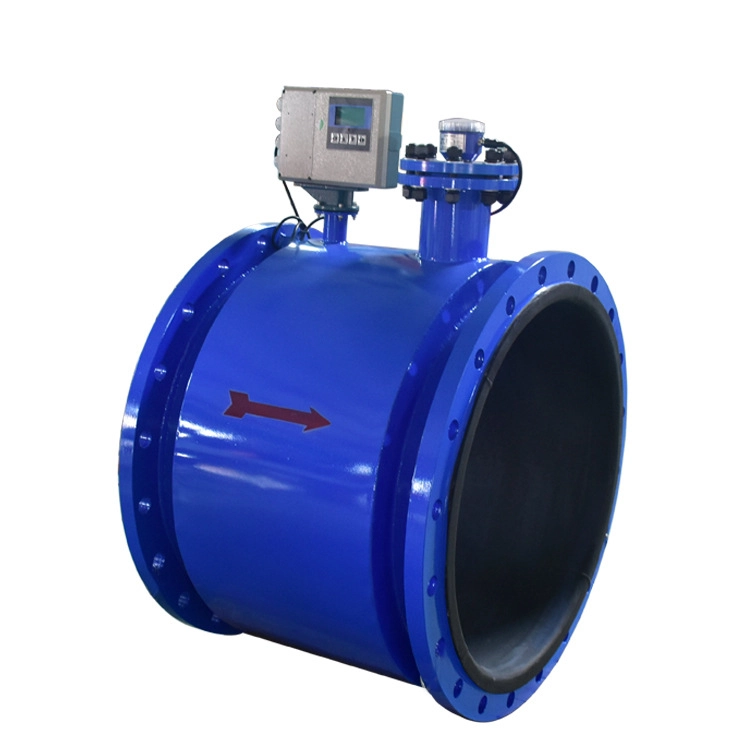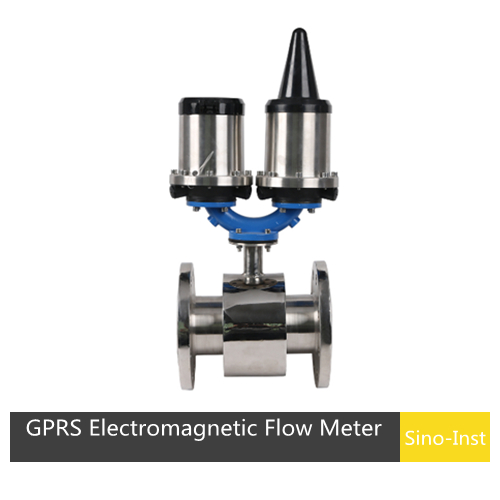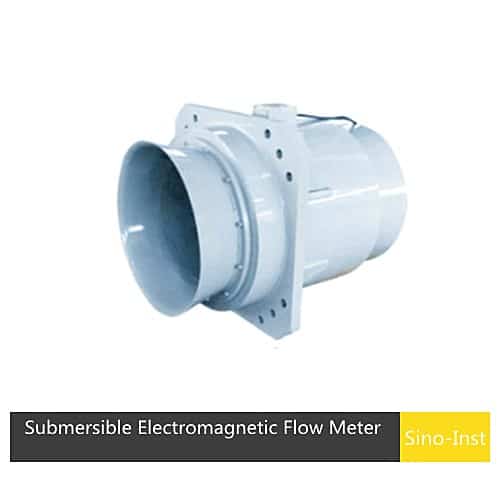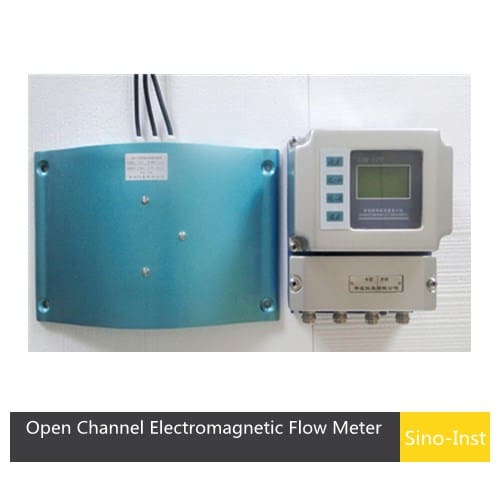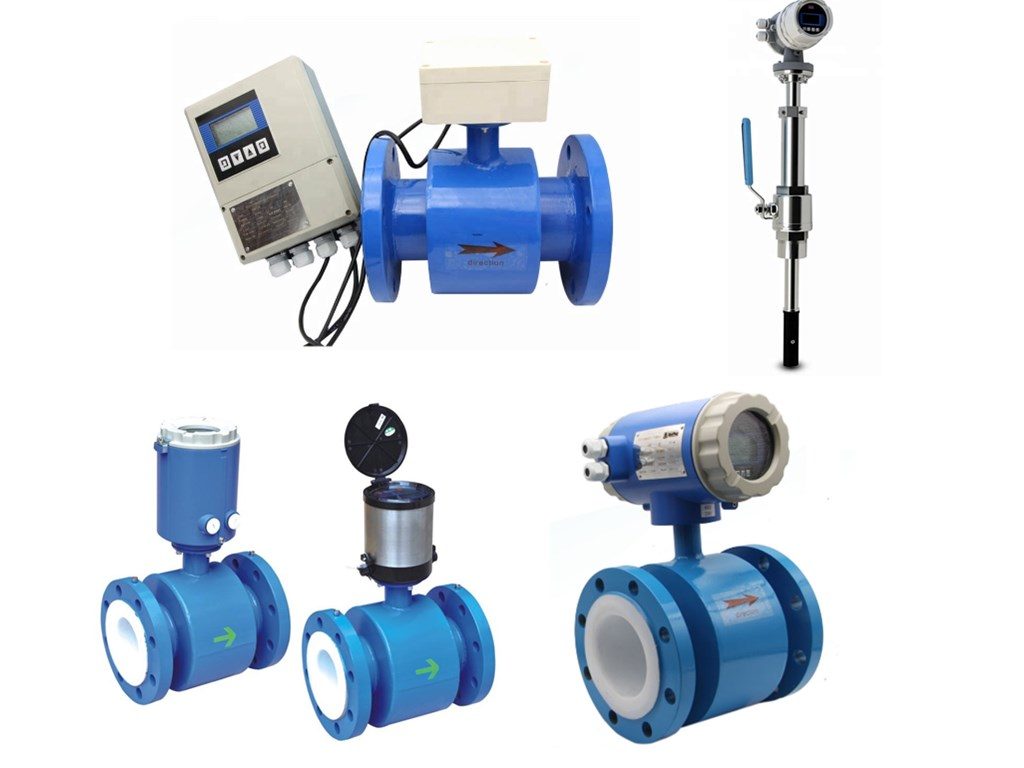
Featured Magnetic Flow Meters
Need help ? Contact us now.
We will offer you the suitable Flow Measurement Solutions !
Electromagnetic Flowmeter Technical Guide
Introduction to Magnetic Flow Meters Technology. How They Work & What Is It? Their applicaitons and use.
What are Electromagnetic Flow Meters?
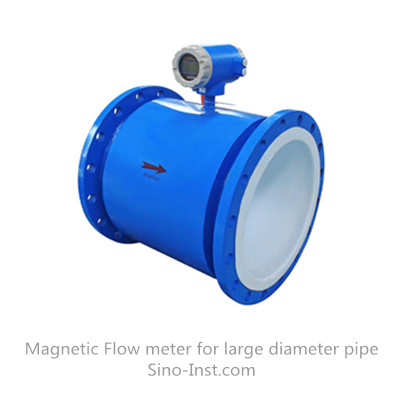
A magnetic flow meter (mag flow meter) is a volumetric flow meter. Electromagnetic Flow Meters do not have any moving parts. Magnetic flow meter is ideal for any dirty liquid which is conductive or water based, like: wastewater applications. Where low-pressure drop and low maintenance are required, Magnetic flowmeters are also idel. Magnetic flow meters are often selected and specified for applications, because they are obstruction-less, cost-effective for aggressive chemicals and slurries. Magnetic flow meters provide highly accurate volumetric flow measurement. Accuracy over a wide flow range can be as good as ± 0.5% of flow rate or better. Magnetic flow meters can be compact type, remote type, and insertion type. A wide range of liner materials, electrode options, and line sizes accommodate a wide variety of process application.
How does a magnetic flow meter work?
Magnetic flow meters use the principle of Faraday’s Law of Electromagnetic Induction to measure the flow rate of liquid in a pipe. In the magnetic flowmeter pipe parts, a magnetic field is generated, and channeled into the liquid flowing through the pipe. Faraday’s Law states that the voltage generated is proportional to the movement of the flowing liquid. A conductor moving through a magnetic field produces an electric signal within the conductor. And the singal is proportional to the velocity of the water moving through the field. As fluid flows through the magnetic field, conductive particles in the fluid create changes. This variation is used to measure and calculate the velocity of water flow through the pipe. When the fluid moves faster, more voltage is generated. The electronic transmitter processes the voltage signal to determine liquid flow.
What is the principle of magnetic flow meter? - Faraday's Formula
Faraday’s Formula
E is proportional to V x B x D where:
E = The voltage generated in a conductor
V = The velocity of the conductor
B = The magnetic field strength
D = The length of the conductor
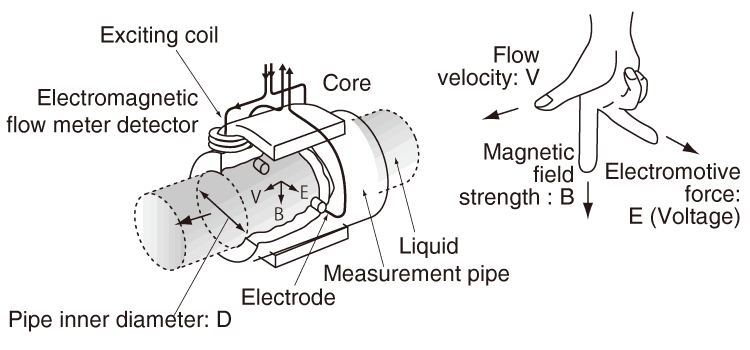
Advantages and Disadvantages of Magnetic flow meters
Advantages of using Electromagnetic Flow Meters
- HIGH PRECISION AND STABILITY
- SELF CHECKING
- BIDIRECTIONAL MEASUREMENT
- NO PRESSURE LOSS
- NO MOVING PARTS
- CAN BE SANITARY USES
- LARGE LINE SIZES AVAILABLE
- DIRTY LIQUIDS AND EVEN SLURRIES OK
Disadvantages of using Magnetic Flow Meters
- ELECTRODES CAN BECOME COATED
- CAN NOT BE USED TO MEASURE LIQUID MEDIA WITH LOW OR NO CONDUCTIVITY
- WILL BE AFFECTED BY STRONG MAGNETIC FIELDS AROUND
- SITLL CAN’T MEASURE HIGH TEMPERATURE AND HIGH PRESSURE FLUID
How to Use Magnetic Flowmeters
What is a mag meter used for?
- Dirty liquids
- Highly corrosive liquids
- Slurry
- Liquid is feed using gravity
Magnetic flowmeters are often used where the liquid is fed using gravity. Be sure that the orientation of the flowmeter is such that the flowmeter is completely filled with liquid. Failure to ensure the flowmeter is completely filled with liquid can affect the flow measurement.
- Vacuum service
Industries that Use Magnetic Flow meters
Application Cautions for Magnetic Flowmeters
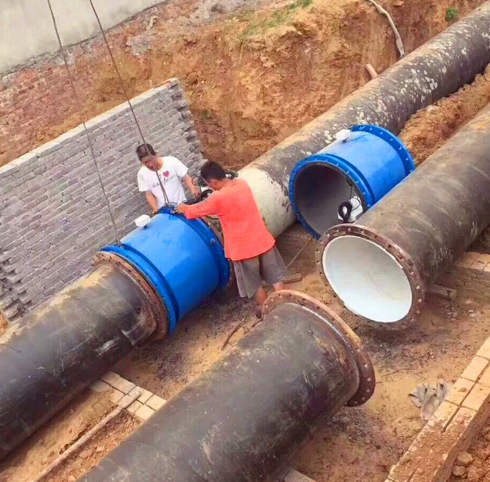
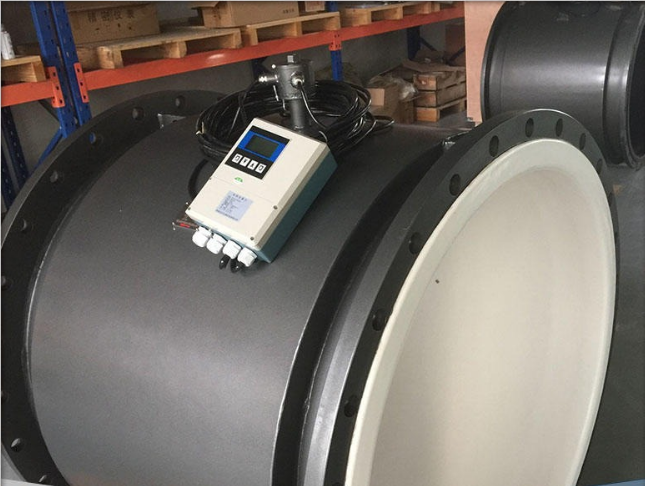
Why does a magnetic flow meter need grounding?
Magnetic Flow Meters Selection
The key questions which need to be answered before selecting a magnetic flow meter are:
- Is the fluid conductive or water based?
- Is the fluid or slurry abrasive?
- Do you require an integral display or remote display?
- Do you require an analog output?
- What is the minimum and maximum flow rate for the flow meter?
- What is the minimum and maximum process pressure?
- What is the minimum and maximum process temperature?
- Is the fluid chemically compatible with the flow meter wetted parts?
- What is the size of the pipe?
- Is the pipe always full?
Insertion Magnetic Flow Meters
Insertion Magnetic Flow Meter, also called Insertion type Electromagnetic flow meter. Insertion style flow meter, measures the flow velocity of conductive liquids in large diameter pipes.
Installation Considerations of Magnetic Flow Meters
- 1. Where there is no vibration or strong electromagnetic field (such as large motor and inverter);
- 2. As far as possible vertical installation. Horizontal installation needs to be installed in a low place. Can not install the pipe apex. Ensure full pipe. Prevent air bubbles;
- 3. Straight pipe requirements, it is best to ensure 5 times the diameter of the first 10;
- 4. When welding, please pay attention not to connect the instrument to prevent damage to the flowmeter;
- 5. The shell should be grounded as far as possible. The shielded wire should be grounded at one end, and the point can not be shared with the strong electricity;
- 6. If it is convenient for maintenance, the installation location needs to be selected to meet the maintenance requirements. At the same time, the side pipe can be installed, and the fluid moves along the side pipe when the fault occurs;
- 7. To avoid direct sunlight, high temperature, will degauss;
- 8. Other requirements should be considered, the signal wiring should not be with the strong electric line.
-1.jpg)
